Image of 1964 Aston Martin Db5, Note: These illustrations use artistic license and may differ from actual historical models.
Performance Metrics
Fundamental Metrics
Emotional Appeal
MMP Rating
| Engine Specifications | |
|---|---|
| Engine: | Inline 6 |
| Displacement: | 3995 cc |
| Horsepower: | 282-325 hp |
| Torque: | 288 lb-ft |
| Compression Ratio: | 8.9:1 |
| Ignition System: | Twin ignition coils |
| Cooling System: | Water-cooled |
| Performance Specifications | |
| 0-60 Time: | 8 seconds |
| 1/4 Mile Time: | 16 seconds |
| Top Speed: | 143 mph |
| Transmission and Drive | |
| Drive Type: | Rear-wheel drive |
| Transmission Type: | 5-speed manual or 3-speed automatic |
| Fuel and Efficiency | |
| Fuel System Type: | Triple SU carburetors |
| MPG: | 14-17 mpg |
| Dimensions and Brakes | |
| Brakes: | Disc brakes |
| Wheelbase: | 98 inches |
| Weight: | 1,502 kg |
Note: Specifications for classic cars are given to the best of our ability, considering the limited and variant data available.
Introduction
The 1964 Aston Martin DB5 stands as a paragon of British automotive excellence, a symbol of luxury and performance that has transcended its era to become an icon of classic motoring. Born from the storied workshops of Aston Martin Lagonda Ltd., this grand tourer not only captured the imagination of car enthusiasts but also became a cultural phenomenon. The DB5's claim to fame was cemented when it starred alongside Sean Connery in the James Bond film "Goldfinger," forever linking it to the suave and sophisticated secret agent.
Design and Innovation
With its sleek, sculpted lines and refined silhouette, the exterior of the 1964 Aston Martin DB5 is a masterpiece of design. The car's flowing contours and distinctive grille exude an air of elegance that is both timeless and commanding. Inside, occupants are cradled in a cabin swathed in sumptuous leather and fine wood veneers, with each material chosen for its quality and craftsmanship. Technologically advanced for its time, the DB5 featured electric windows, reclining seats, and even an optional air conditioning system – luxuries that were far from standard in the 1960s. Color options ranged from dignified Silver Birch to deep Dubonnet Rosso, with Silver Birch becoming particularly popular due to its association with James Bond. The most iconic body style remains the two-door coupe, though a convertible variant was also offered.
Historical Significance
The Aston Martin DB5's impact on automotive design is profound. It set a new benchmark for grand tourers with its blend of performance, style, and luxury. Its introduction marked a pinnacle in Aston Martin's design evolution from the earlier DB series models. The DB5's lasting influence can be seen in the continued reverence for its aesthetic and engineering principles within the industry.
Performance and Handling
The heart of the 1964 Aston Martin DB5 is a 4.0-liter inline-six engine that delivers power smoothly and authoritatively, propelling the car to speeds that were formidable at the time. With a top speed of around 143 mph and an acceleration from 0-60 mph in approximately 8 seconds, it offered exhilarating performance. On the road, the DB5 handled with grace and poise, thanks to its independent front suspension and live rear axle with coil springs. Drivers often remark on the symphonic note of the engine and the tactile feedback through the steering wheel that connects them intimately with the road.
Ownership Experience
The 1964 Aston Martin DB5 was not just a showpiece; it was built to be driven. Owners have used it as a daily driver, taken it to concours events, or even raced it in vintage competitions. Maintenance requires dedication as parts can be scarce and expertise is essential for proper care. However, for many owners, this commitment is part of the car's charm.
Fun Facts
Aston Martins have long been associated with British sophistication, but perhaps none more so than the DB5 due to its Bond connection. Rare editions like those equipped with factory-fitted gadgets similar to Bond's car are highly sought after. Celebrity ownerships have included Paul McCartney and Peter Sellers, adding to its star-studded history.
Collector's Information
Today, a well-maintained 1964 Aston Martin DB5 can command prices well into seven figures, particularly special models or those with documented provenance. It is estimated that around 1,059 units were produced during its production run from 1963-1965. The value of these vehicles has steadily appreciated over time as their desirability as collector items continues to grow.
Conclusion
The 1964 Aston Martin DB5 is more than just a classic car; it is an enduring legacy of automotive artistry that continues to captivate enthusiasts around the world. Its combination of beauty, power, and luxury has ensured its place in history as one of the most desirable cars ever made—a true testament to Aston Martin's vision and craftsmanship.
1964 Aston Martin Db5 Catalog of Parts
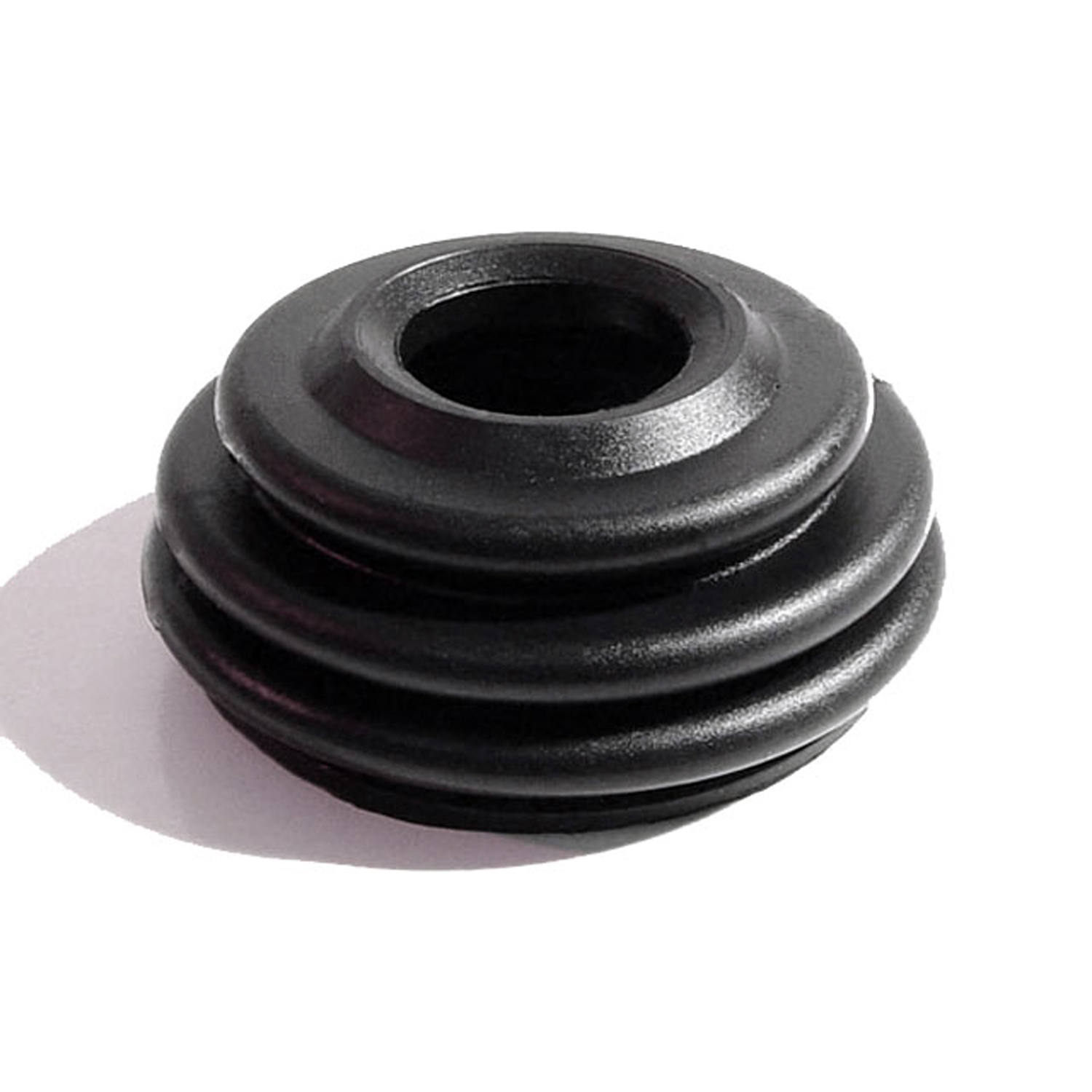 1964 Aston Martin DB5 Ball Joint Grease Cap. Made of neoprene. 2-3/8" O.D-BL 6Ball Joint Grease Cap. Made of neoprene. 2-3/8" O.D. at base, 7/8" I.D. hole at top. Each
1964 Aston Martin DB5 Ball Joint Grease Cap. Made of neoprene. 2-3/8" O.D-BL 6Ball Joint Grease Cap. Made of neoprene. 2-3/8" O.D. at base, 7/8" I.D. hole at top. Each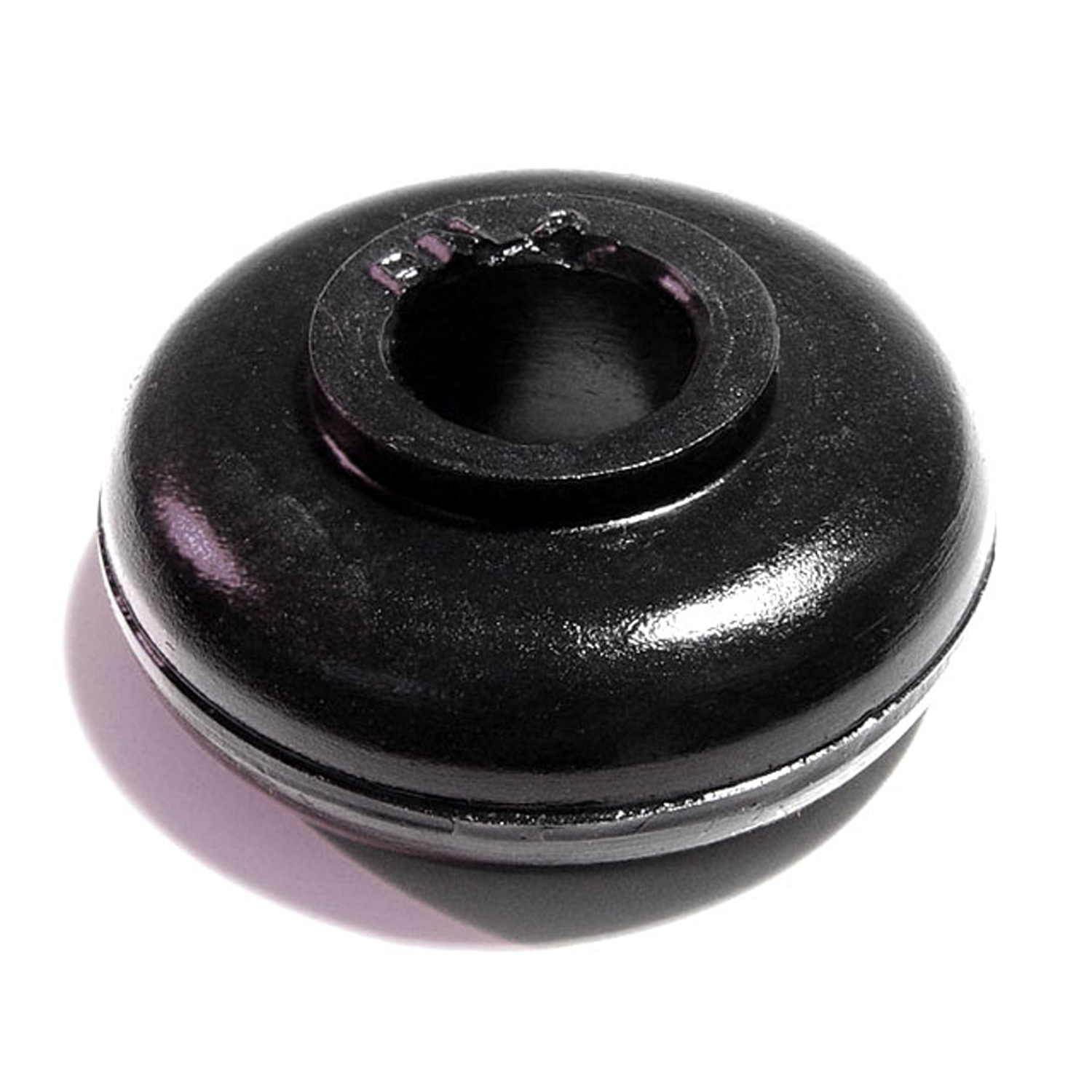 1964 Aston Martin DB5 Roll Bar Bushing. 1/2" high, with 1/2" hole. Each-BN 2Roll Bar Bushing. 1/2" high, with 1/2" hole. Each
1964 Aston Martin DB5 Roll Bar Bushing. 1/2" high, with 1/2" hole. Each-BN 2Roll Bar Bushing. 1/2" high, with 1/2" hole. Each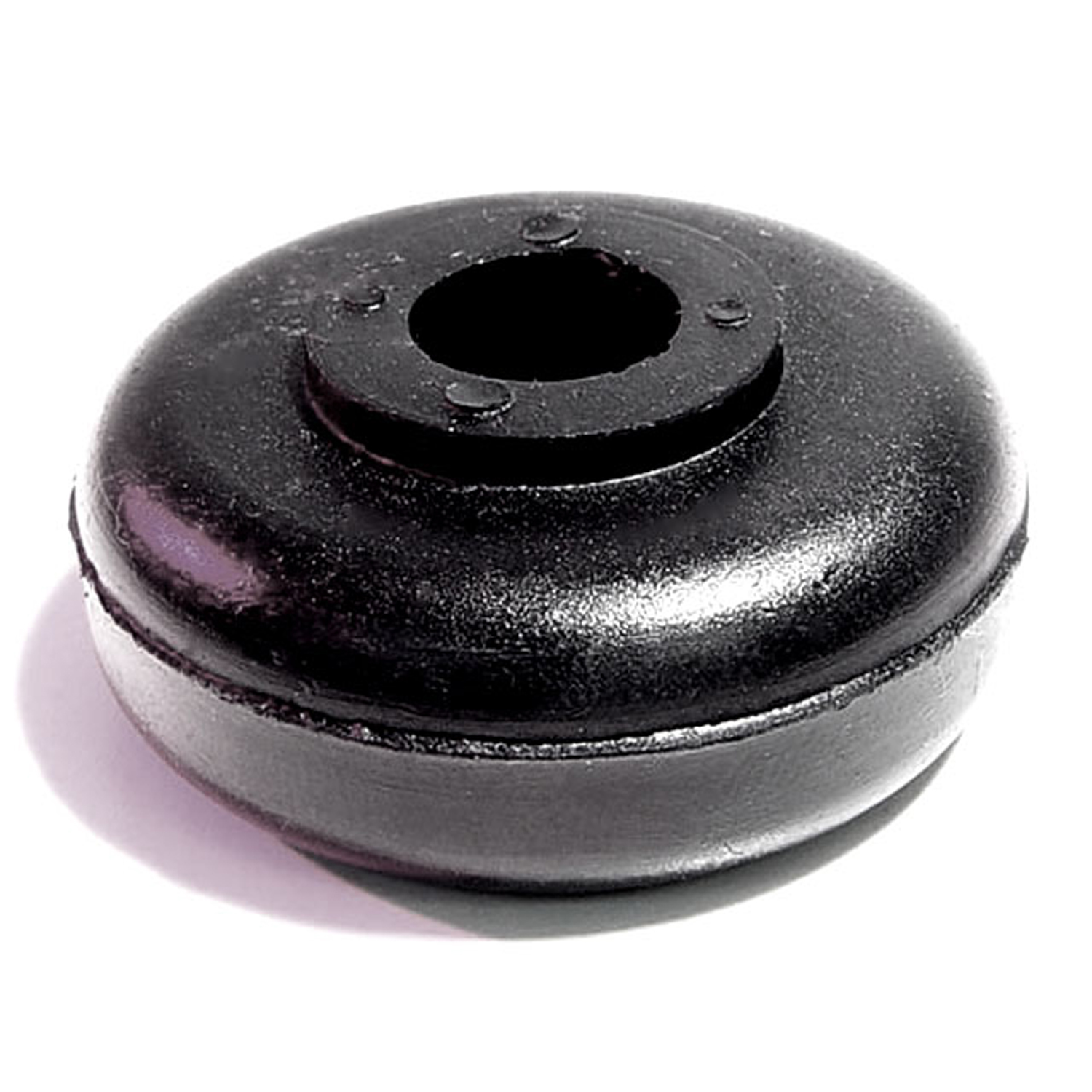 1964 Aston Martin DB5 Shock Grommet. 9/16" high, 3/8" hole. Each-BN 2-AShock Grommet. 9/16" high, 3/8" hole. Each
1964 Aston Martin DB5 Shock Grommet. 9/16" high, 3/8" hole. Each-BN 2-AShock Grommet. 9/16" high, 3/8" hole. Each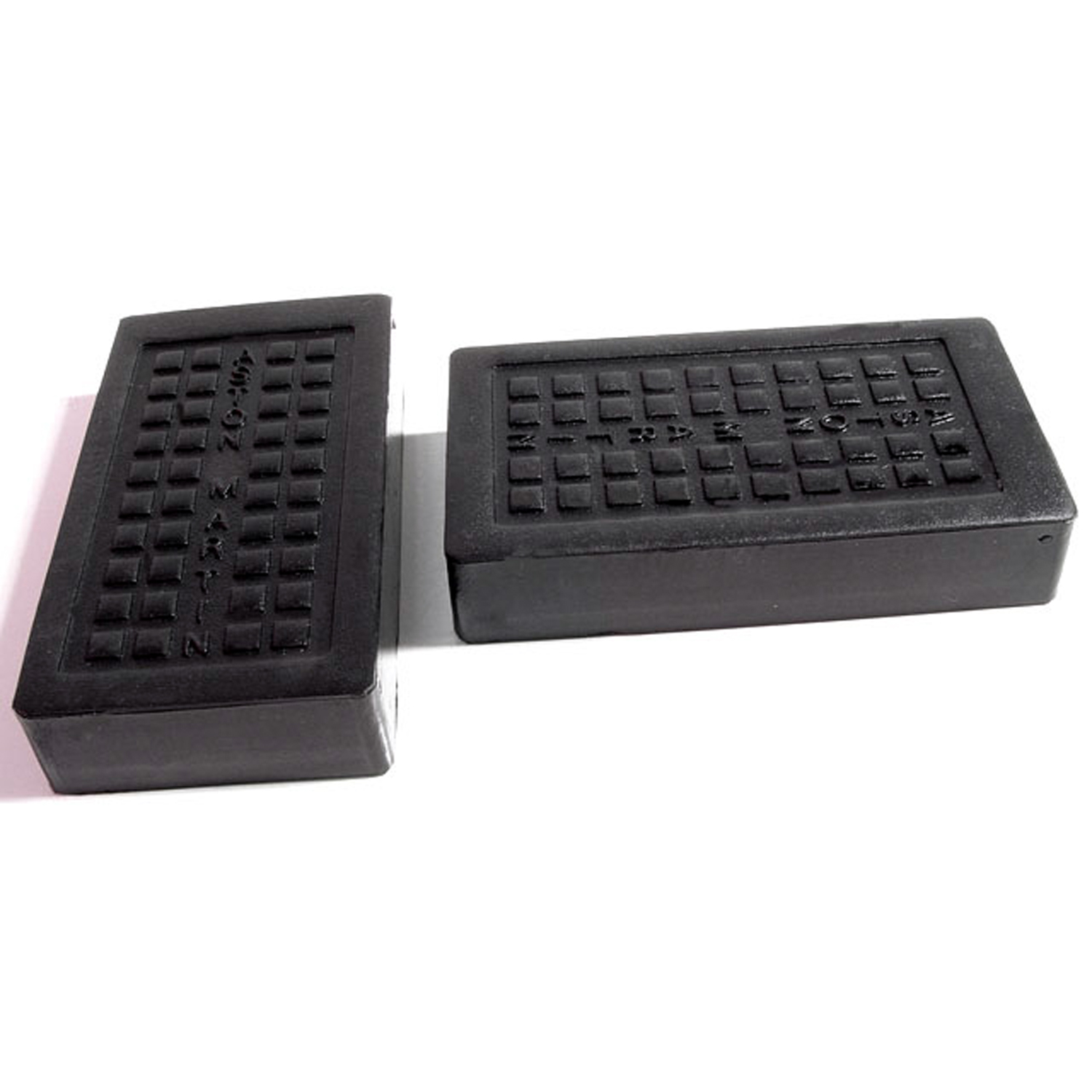 1964 Aston Martin DB5 Clutch and Brake Pedal Pads. Perfect reproduction-CB 175Clutch and Brake Pedal Pads. Perfect reproduction. 1-3/4" wide X 3-1/4" long. Pair
1964 Aston Martin DB5 Clutch and Brake Pedal Pads. Perfect reproduction-CB 175Clutch and Brake Pedal Pads. Perfect reproduction. 1-3/4" wide X 3-1/4" long. Pair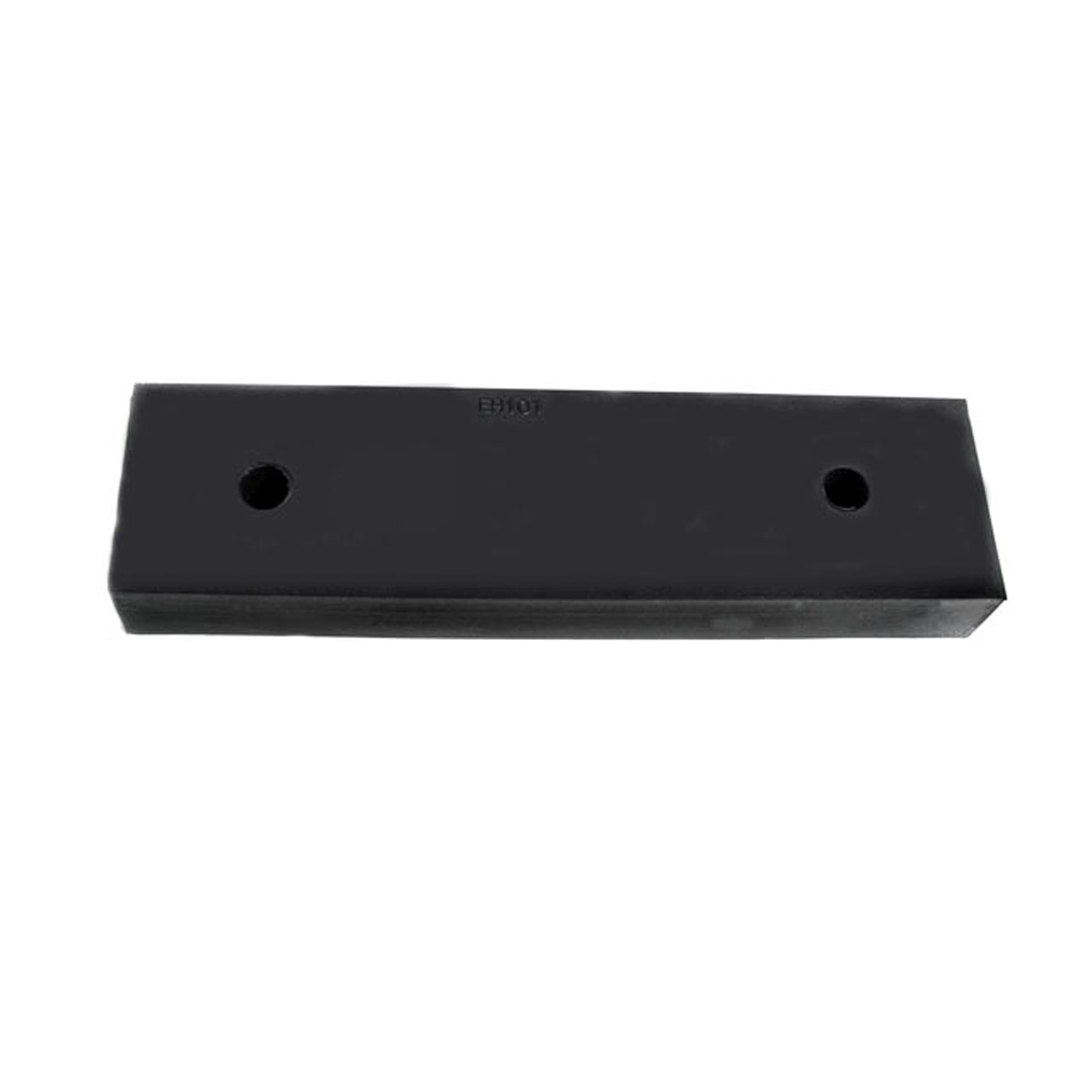 1964 Aston Martin DB5 Muffler Hanger Insulator-EH 101Muffler Hanger Insulator. 5-15/16" long X 1-9/16" wide X 3/4" high. Each
1964 Aston Martin DB5 Muffler Hanger Insulator-EH 101Muffler Hanger Insulator. 5-15/16" long X 1-9/16" wide X 3/4" high. Each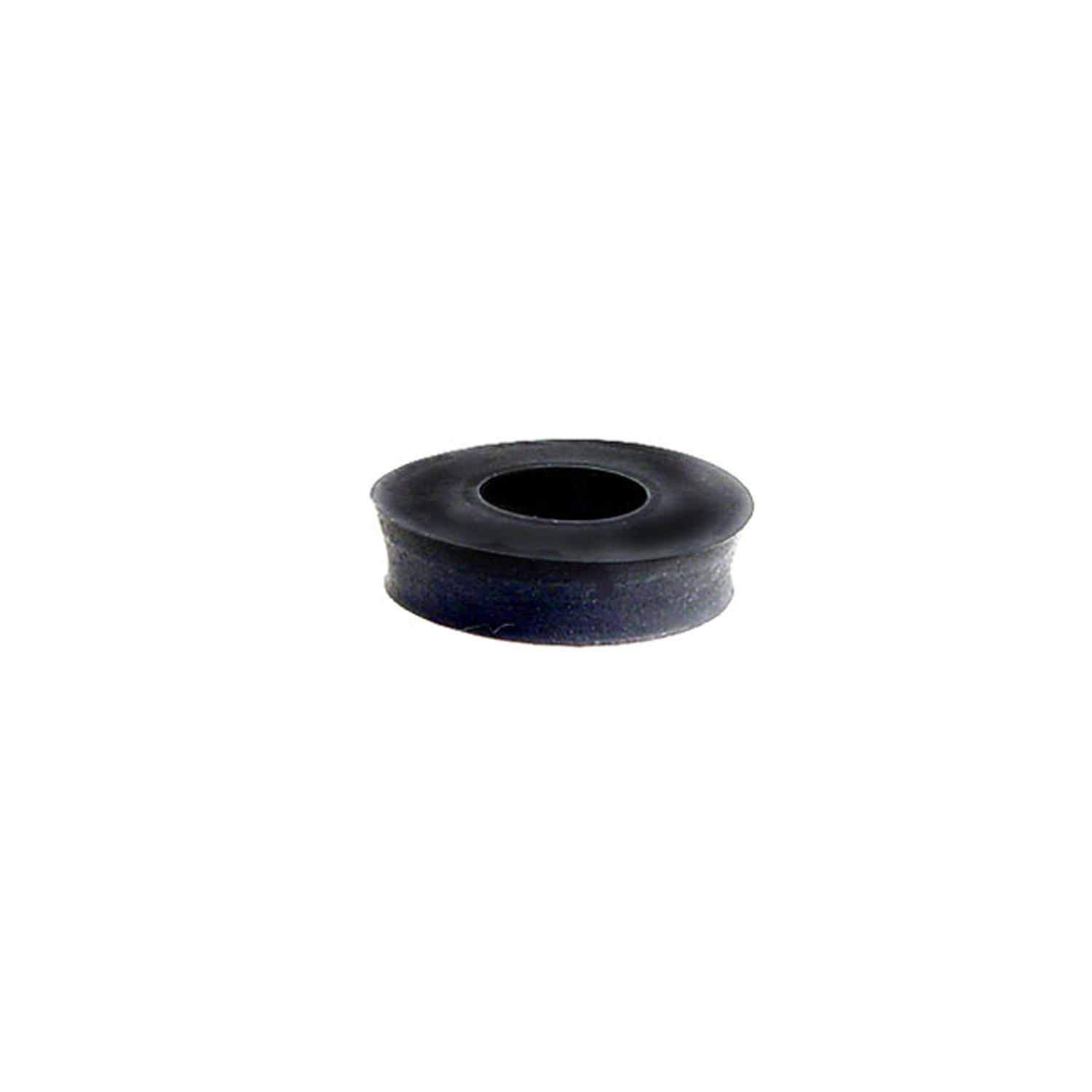 1964 Aston Martin DB5 Radiator Rod Cushion. 1/4" thick, 3/8" hole, 1" O.D-RA 1Radiator Rod Cushion. 1/4" thick, 3/8" hole, 1" O.D. Eight used per car. Each
1964 Aston Martin DB5 Radiator Rod Cushion. 1/4" thick, 3/8" hole, 1" O.D-RA 1Radiator Rod Cushion. 1/4" thick, 3/8" hole, 1" O.D. Eight used per car. Each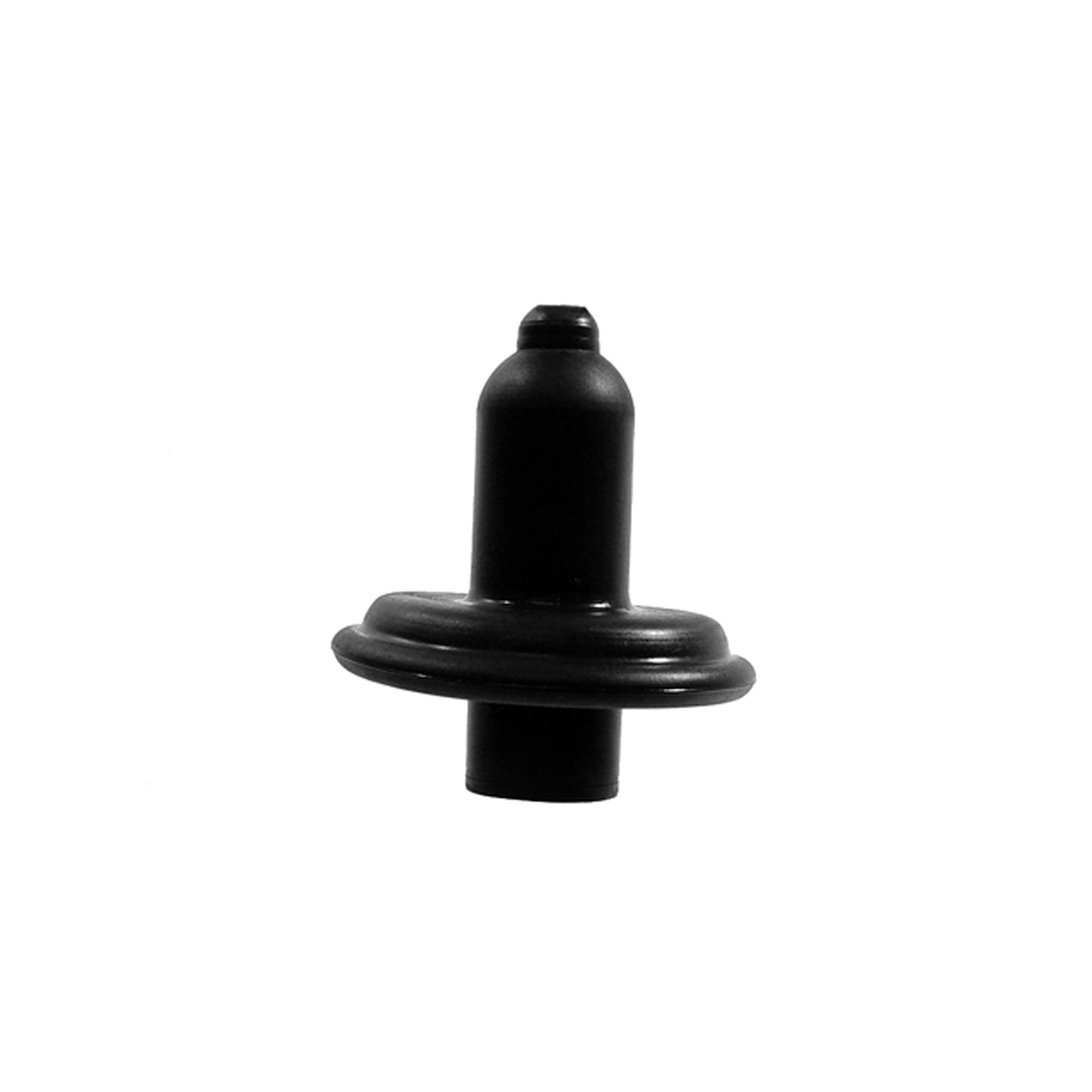 1964 Aston Martin DB5 Spark Plug Boot, for Coupes. Replaces OEM #20-07-135-RP 1-XSpark Plug Boot, for Coupes. Replaces OEM #20-07-135. Each
1964 Aston Martin DB5 Spark Plug Boot, for Coupes. Replaces OEM #20-07-135-RP 1-XSpark Plug Boot, for Coupes. Replaces OEM #20-07-135. Each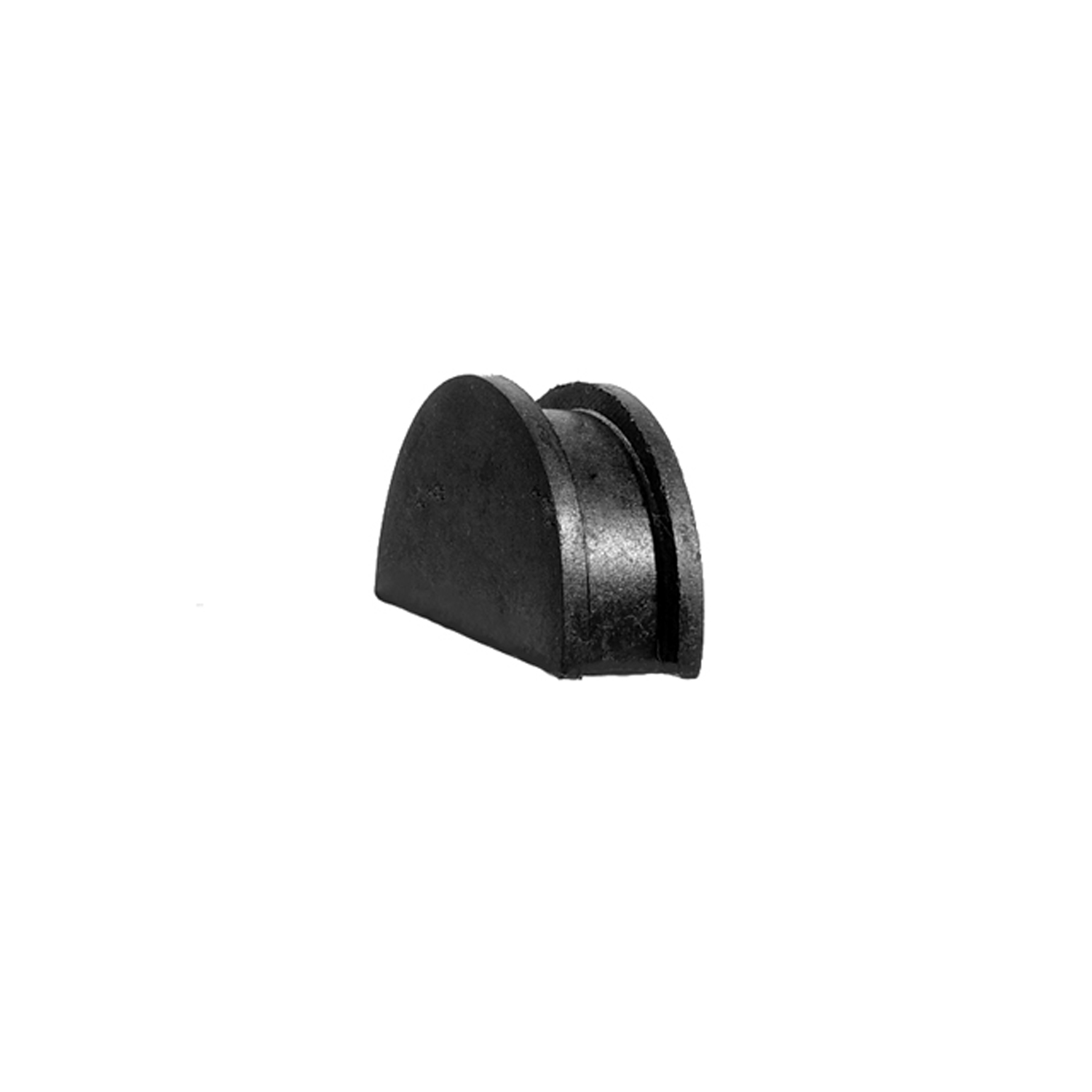 1964 Aston Martin DB5 Cam Cover Plug. For models with 6-cylinder engines-RP 8-CCam Cover Plug. For models with 6-cylinder engines. 1-3/8" long X 7/16" thick. Each
1964 Aston Martin DB5 Cam Cover Plug. For models with 6-cylinder engines-RP 8-CCam Cover Plug. For models with 6-cylinder engines. 1-3/8" long X 7/16" thick. EachWhy Choose Metro?
For over 100 years, Metro Moulded Parts has been the pinnacle of quality in classic car restoration parts. Our commitment to precision and authenticity in every component ensures a perfect fit and an OEM-level appearance.
- Expert Craftsmanship & Quality: Each part is a testament to our dedication to reliability and perfection, crafted from original designs and thoroughly tested.
- Advanced Technology: We use cutting-edge techniques to create flawless, long-lasting parts that surpass others in performance.
- SuperSoft Sponge – The Ultimate Door Seal: Not only are our door seals 30% softer than competitors', but they're also guaranteed to never leak. They effectively reduce wind and road noise, enhancing your classic car's comfort and driving experience.
- Proudly American: Our parts are a product of American craftsmanship, made in the USA with a spirit of excellence and heritage.
- Unrivaled Warranty: We back our products with a 30-year industry-leading warranty, a testament to our confidence in their quality.
Join us in preserving the legacy of classic cars with parts that are crafted for perfection, not just made.

